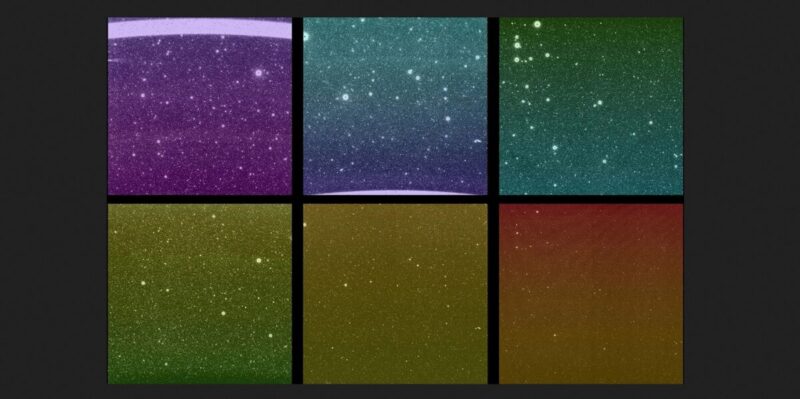NASA’s brand new SPHEREx space telescope just came online. When the team saw the first set of test images, all they could say is “wow.” Project scientist Olivier Doré was proud to proclaim “our spacecraft has opened its eyes on the Universe.” The instrument’s main purpose is to solve “the secrets of the Big Bang.”
Powerful space telescope
NASA insists that the space based SPHEREx telescope will take “astronomers to just a fraction of a second after the creation of the Universe.” The first images don’t look like much to the untrained eye. They aren’t all that special to trained eyes, either.
The important thing is that everything is working just fine. “There’s still work to do, but this is the big payoff. And wow! Just wow!” Beth Fabinsky beams. “I’m rendered speechless,” Jim Fanson agrees.
NASA/JPL-Caltech scientists held their breath and crossed their fingers when they flipped the switch to activate the phenomenally sensitive equipment. The calibration shots came in right as expected on March 27.
These may be the first views produced by the Spectro-Photometer for the History of the Universe, Epoch of Reionization and Ices Explorer telescope but they won’t be the last.
Once they actually put the device to work, astronomers plan to slave over hot datasets to “map millions of galaxies across the entire sky.”
As you can see from the images released, the telescope generates them in sets of six. Each of the three images on the top row portray the “complete field of view.” So do the three on the bottom row, in different wavelengths of light.

One for each detector
The experts explain that six separate detectors provide each of the images, which is why each appears tinted a different color. Once they get started, the telescope will be able to capture thousands of images and correlate them all together.
NASA makes sure to note that “these images are not ready for scientific use, but they’re showing the mission scientists that SPHEREx is working as it should.”
Each individual spot of brightness could be a star or a galaxy.

They estimate around 100,000 detected sources appearing in each of these first six images. To put things in perspective, the telescope has a field of view “which is about 20 times wider than the full Moon.”
Routine science will begin sometime late in April. Once they get everything calibrated and adjusted they expect the space telescope to capture “about 600 exposures every day.” The image they released with the insets only gives a tiny taste of the instrument’s full capabilities.
“The insets zoom in on sections of one image, showcasing the telescope’s ability to capture faint, distant galaxies.” Using spectroscopy, SPHEREx will “collect light from hundreds of millions of stars and galaxies in more wavelengths than any other all-sky survey telescope.“







